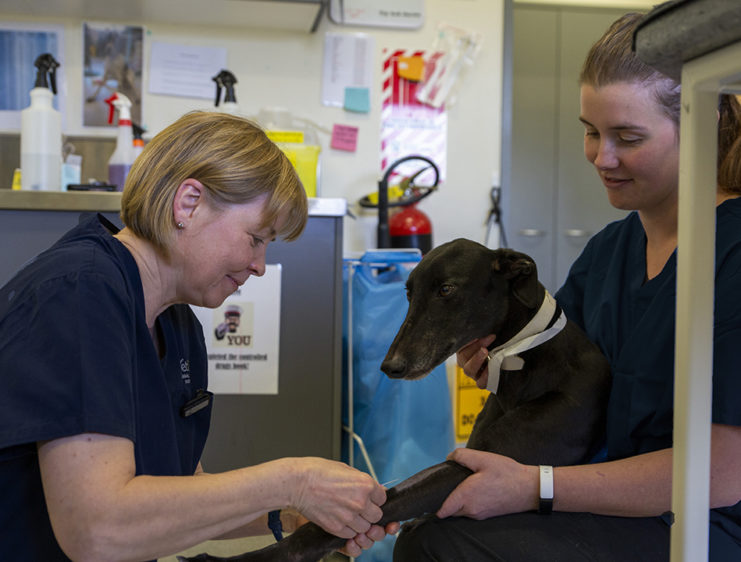
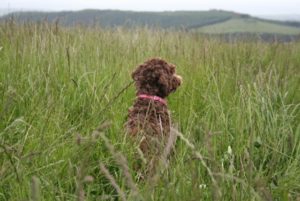
BVD – the scourge disease of all NZ cattle diseases
BVD is a viral disease that causes profound suffering for both individual cattle and cattle at a herd level. BVD is commonly found in New Zealand dairy and beef herds. BVD must be assumed to be present and causing stock losses unless proven otherwise. Many NZ cattle farmers do not recognise BVD disease symptoms, so […]
READ MORE

Dental Disease in Pets

Dental disease is one of the most common problems seen in cats and dogs. Up to 70% of cats and 80% of dogs will show signs of dental disease by 2 years of age. It is therefore vital to start preventative care and learn how to recognise symptoms from the day you get your cat […]
READ MORE

Iodine and Selenium Supplementation in Ewes
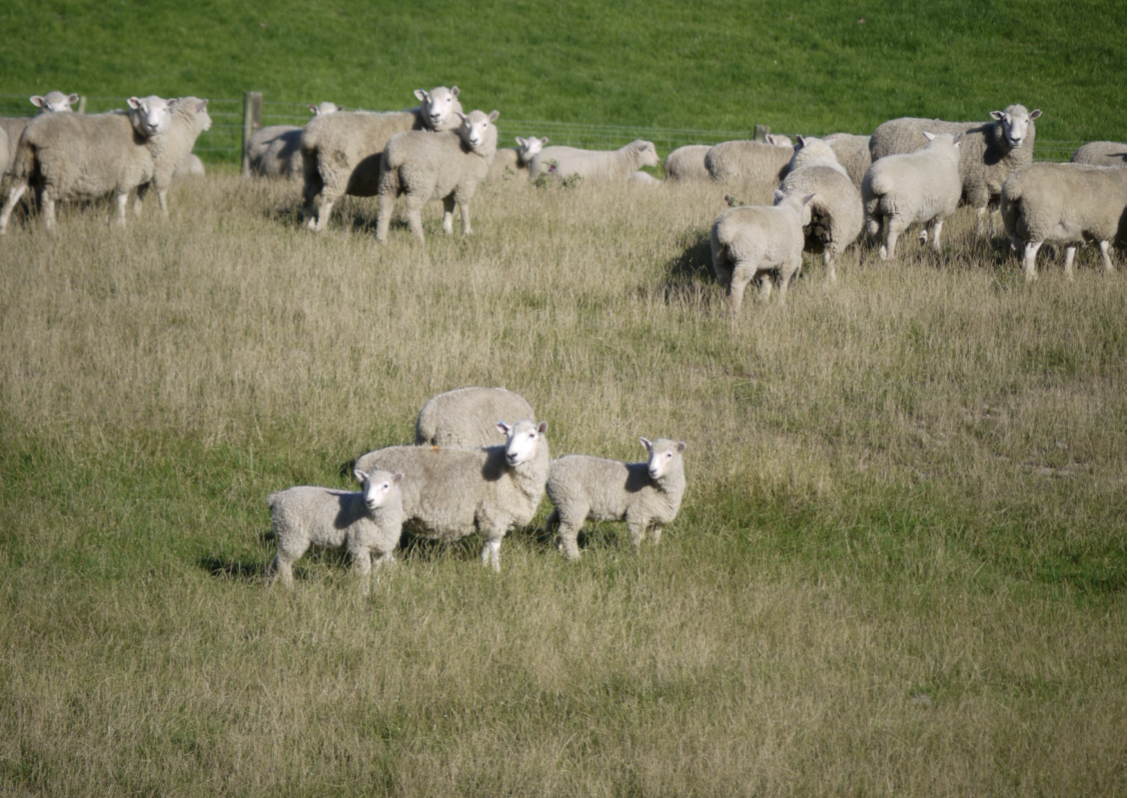
Improving your lambing percentage is one of the keys to attaining higher sheep farm productivity and profit. A successful mating period boils down to three essential elements: maximising the number of ewes mated in their first cycle minimising the number of ewes not mated maximising the twinning rate The trace element status of ewes in […]
READ MORE

Dry Cow Therapy decisions for 2021
It is the time of the year when we start to think about preparing for drying off the cows, and, in particular, what Dry Cow Therapy decisions need to be made this season. To make sure your cows are set up for a great milk quality season, there needs to be a meaningful discussion around […]
READ MORE

Crop transitioning
Planning for transitioning stock onto winter feed crops is of great importance in both preventing animal health issues and achieving intakes for maximum production. The goal, when transitioning stock onto a crop, is to give the rumen environment time to adjust to the new feed and prevent the development of problems such as acidosis on […]
READ MORE

Clostridial disease
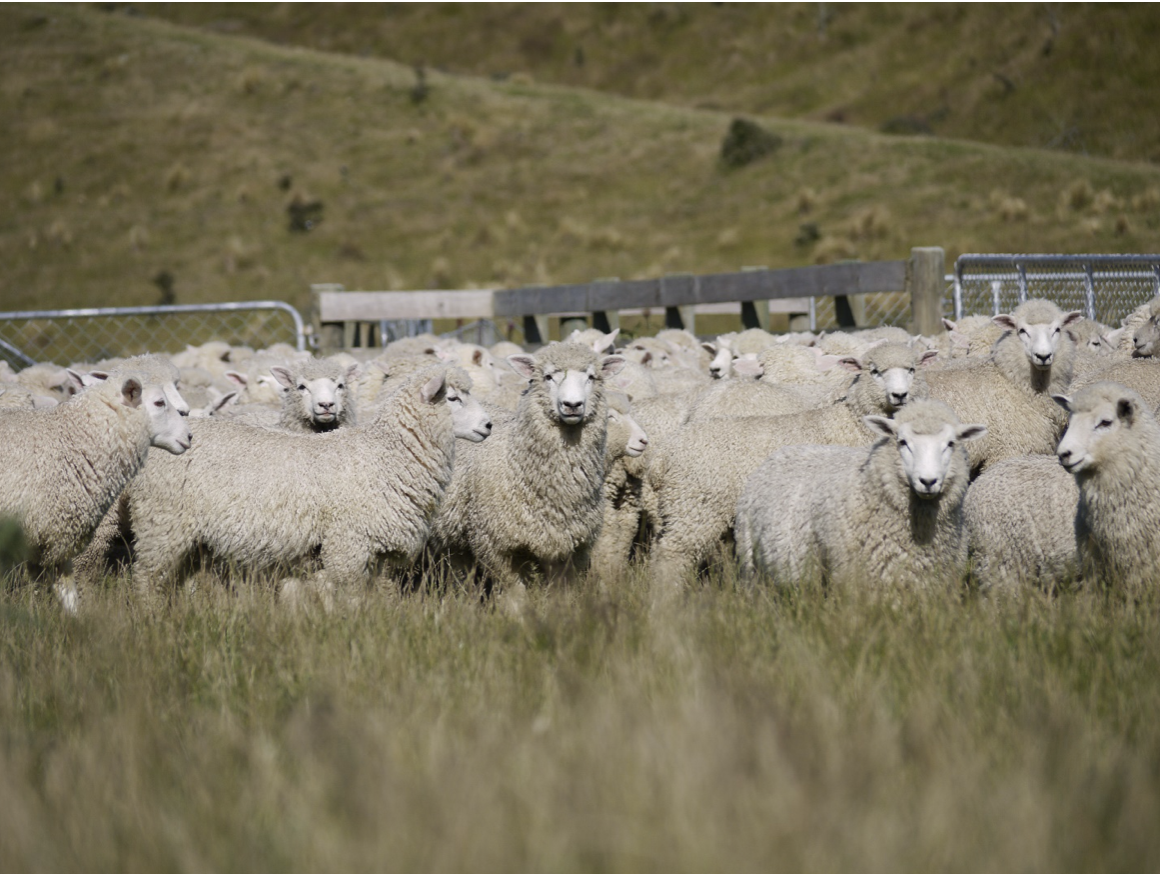
Clostridial diseases are diseases caused by bacteria that are able to form resistant spores. These spores are resistant to extremes in temperature and can survive in soil for many years, with some clostridial bacteria also existing within the normal intestinal flora of healthy stock. Under the right conditions, such as when a spore is present […]
READ MORE

Very unhumorous humeral fractures
We have all heard the disaster stories of farms having up to 30%, and higher in some cases, of their heifers becoming acutely lame in a forelimb, resulting in them having to be euthanised. Often these are well- grown healthy heifers just walking around in the paddock. A “gunshot” noise can be heard, and the […]
READ MORE

Tail Scoring Cows
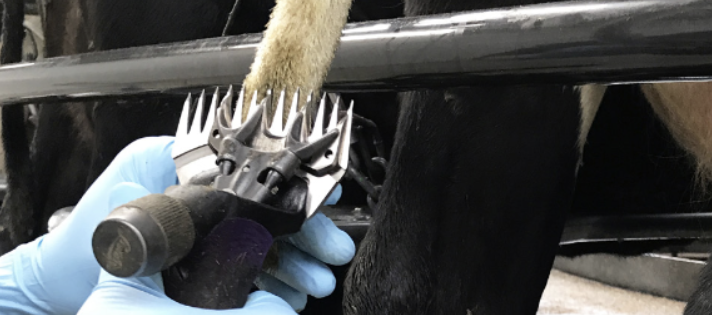
Tail scoring is often a sensitive and sometimes taboo topic. This is possibly because several farmers have been prosecuted for permitting tail damage in their herds in recent years, and clients assume that, by scoring their cows, they may be implying their staff have a problem. Obviously, this does not have to be the case […]
READ MORE

Management of the ewe hogget pregnancy
In-lamb ewe hoggets are a priority class over the winter because feed levels must meet the liveweight gain requirements of the hogget as well as the needs of the fetus and mammary gland. Management strategies must ensure maximum production of both hogget and offspring to weaning and not compromise two-tooth breeding. Feeding during pregnancy must […]
READ MORE

Live export of cattle from NZ – an urgent plea
If any livestock agent offers a deal for the sale and export of your dairy or beef cattle – please remind them (the agent) and yourself that, until certain on-farm animal health export certificate conditions are met, those animals may not be going anywhere. In other words, until certain mandatory export conditions for the farm […]
READ MORE

Keeping your working dogs safe during transportation
Every now and again an incident occurs causing an accident requiring veterinary treatment with dogs where we, and the owners, think ‘if only….’ The injuries sustained from unrestrained dogs falling, or being thrown, from a moving vehicle can range from minor to severe with a long recovery time and, unfortunately, sometimes they can be fatal. […]
READ MORE

Grain overload in sheep
With the harvest season upon us, it is timely to remind ourselves of the potential dangers of grain overload (rumen acidosis). This usually occurs in sheep not being gradually introduced to a grain feeding regimen or being put onto stubble where there is substantial grain remaining or spills. Grain is sometimes used in late summer/autumn […]
READ MORE

Get in touch with your local Vetlife Clinic today to discuss your animal’s health concerns.
With vet clinics across the South Island, we look forward to welcoming you into one of our Vetlife clinics.
FIND A CLINIC